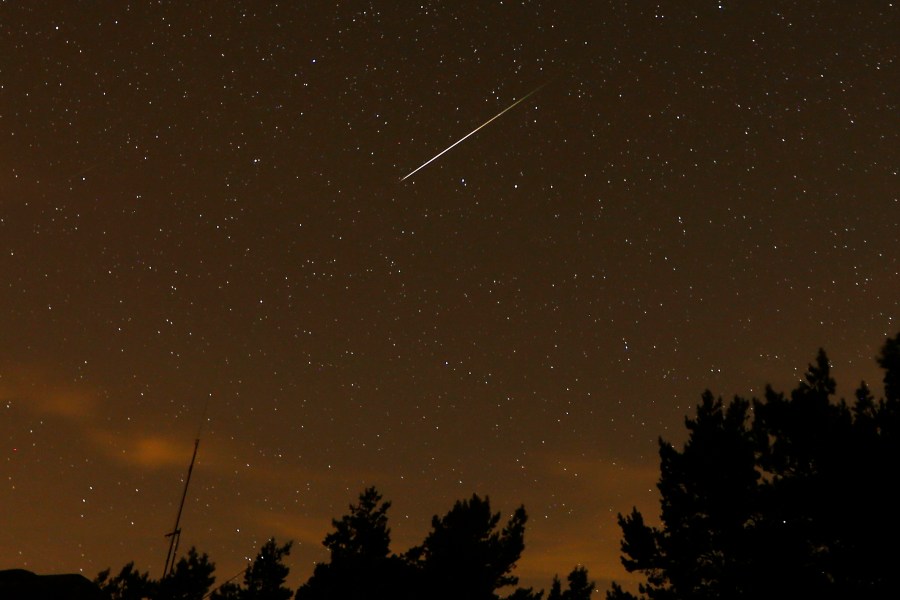The Perseid Meteor Shower Begins: A Spectacular Night Sky Event
The Perseid Meteor Shower, one of the most impressive celestial events of the year, has officially started in the northern hemisphere. This annual phenomenon is known for its dazzling fireballs and long trails of light that streak across the sky, offering a breathtaking view to those who take the time to look up.
The shower began on Thursday night and will continue through August 23, with the peak expected around August 12 and 13. During this time, observers can expect to see between 50 to 100 meteors per hour, depending on their location and viewing conditions. These meteors are not only numerous but also particularly bright, often leaving behind vivid trails that can last longer than typical meteor streaks.
What Makes the Perseids Unique?
The Perseid Meteor Shower is unique due to the size and brightness of the meteors it produces. These fireballs, which burn brighter than Venus, travel at an incredible speed of about 37 miles per second as they enter Earth’s atmosphere. This high velocity contributes to the intense light show that makes the Perseids so captivating.
The origin of these meteors lies in the debris left behind by the comet 109P/Swift-Tuttle. Discovered in 1862, this comet is twice the size of the one believed to have caused the extinction of the dinosaurs. The particles from this comet that enter Earth’s atmosphere create the bright meteors we see during the Perseid shower. These meteors have an apparent magnitude of -3, which is significantly brighter than most other meteors.
For reference, the full moon has an apparent magnitude of around -10, while the sun measures at -26.7. This means the Perseids are among the brightest objects in the night sky, making them a must-see event for astronomy enthusiasts.
Best Time to View the Perseid Meteor Shower
NASA recommends that the best time to observe the Perseids is during the pre-dawn hours in the northern hemisphere. However, it’s possible to spot some meteors as early as 10 p.m., especially if the sky is clear and dark.
If you miss the peak, don’t worry—there are still opportunities to catch the shower in the nights leading up to and following the peak. The DCNR suggests that even if you can’t see the peak, you can still enjoy the spectacle in the days surrounding it.
Tips for Viewing the Perseid Meteor Shower
To get the most out of your viewing experience, consider the following tips:
- Find a dark area with an open sky: Light pollution from cities and streetlights can make it harder to see the meteors. Try to find a location away from urban areas.
- No equipment is necessary: You don’t need binoculars or a telescope to enjoy the show. The naked eye is sufficient for viewing the Perseids.
- Prepare your eyes: Allow your eyes about 20 minutes to adjust to the darkness before starting your observation.
- Use a red light: If you need a light source, use a red light instead of a white one. Red light helps preserve your night vision.
- Bring something comfortable: Sit in a chair or lie on a blanket to make your viewing session more enjoyable.
- Dress warmly: It can get chilly at night, so be sure to bring a warm jacket or sweater.
- Use a stargazing resource: Apps or websites can help you identify constellations and other features in the night sky.
- Attend a stargazing event: Joining a local astronomy group or event can enhance your experience and provide expert guidance.
Whether you’re a seasoned astronomer or a casual observer, the Perseid Meteor Shower offers a magical opportunity to witness the beauty of the universe. With the right preparation and a clear sky, you’re sure to have an unforgettable night under the stars.







